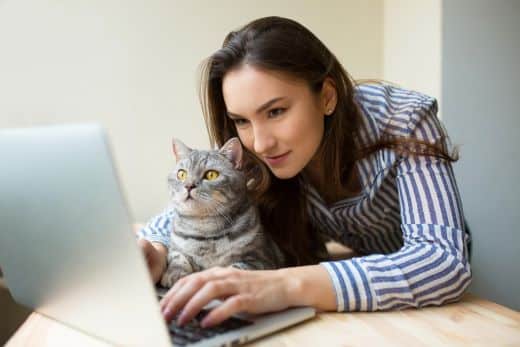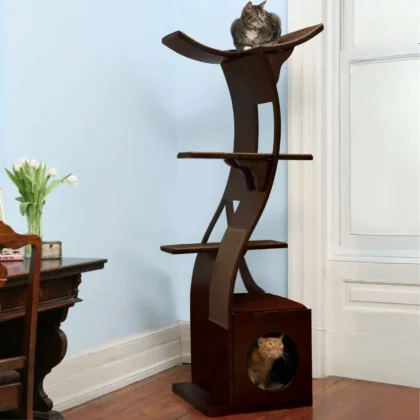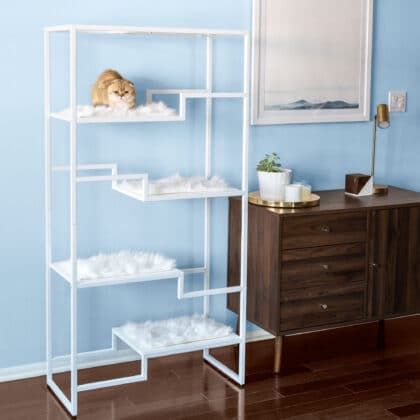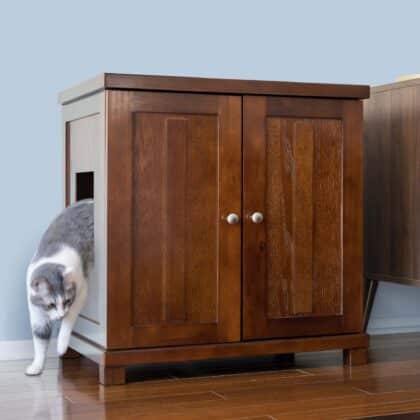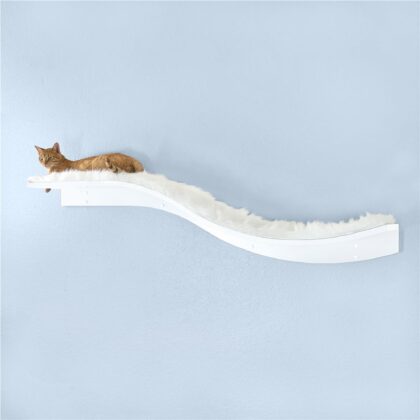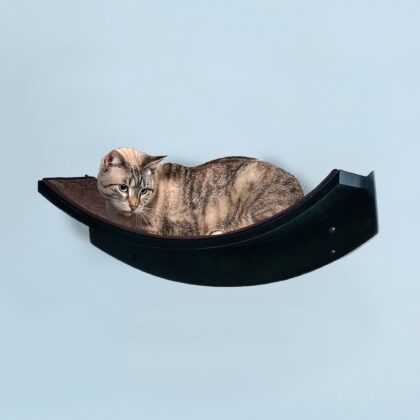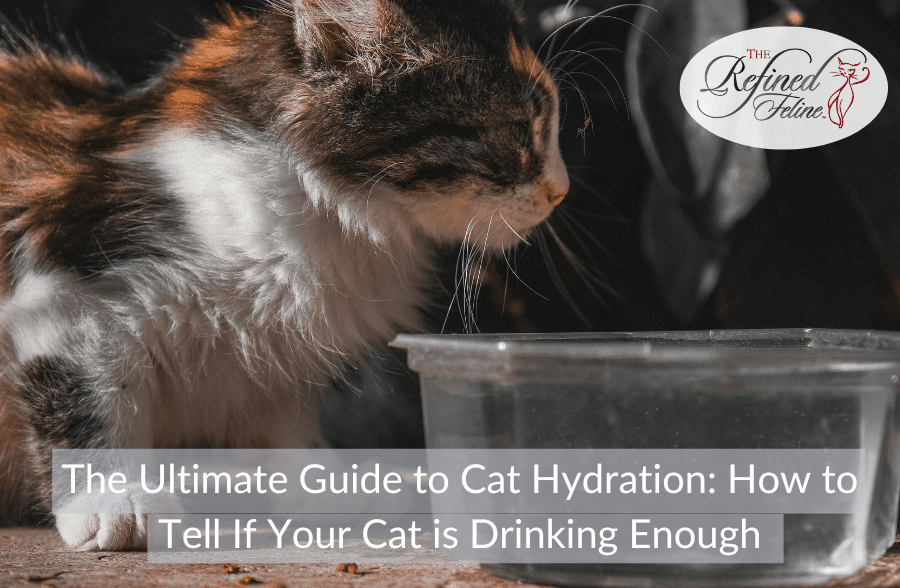
The Ultimate Guide to Cat Hydration: How to Tell If Your Cat is Drinking Enough
Why Hydration Matters for Cats
Cats living in small spaces often develop habits owners might miss. Water consumption ranks among crucial health indicators many cat parents overlook. When a cat lacks proper hydration, organs start functioning poorly, beginning with kidneys that filter toxins. Adequate water consumption is essential for a variety of vital bodily functions .
Adequate water consumption directly impacts:
- Kidney function and prevention of urinary tract issues, as it helps flush toxins from the kidneys and decreases the chances of kidney and bladder stones . It also promotes healthier kidney function .
- Digestion effectiveness and waste elimination.
- Temperature regulation, especially during warmer months .
- Overall energy levels and playfulness, as improper water consumption can lead to a cat lacking energy .
A cat’s drinking habits reveal much about overall health. Unlike humans who reach for water when thirsty, cats evolved from desert ancestors with weak thirst drives , making dehydration in cats a silent threat .
Spotting Dehydration – Signs to Watch For
It’s crucial to be aware of cat dehydration symptoms as it can indicate a potentially serious health issue . Understanding how to spot the warning signs of dehydration in cats can help you keep your pet in the very best of health.
Physical Signs of Dehydration in Cats
- Decreased energy: Lethargic behavior, unwillingness to play, or excessive sleeping Dry gums: Healthy cat gums feel slick and moist; tacky or dry gums indicate trouble Poor skin elasticity: Pinching skin that stays tented rather than snapping back quickly .
- Reduced urination: Less frequent litter box use or darker, concentrated urine .
- Appetite loss: Refusing food for over hours .
- Sunken eyes: Eyes appearing deeper set than normal Dry, dull coat: Fur looking unkempt or unusually brittle. A well-hydrated cat is likely to have healthy skin and coat , while improper hydration can lead to poor skin health .
Severe Dehydration Warning Signs Symptoms of cat dying from dehydration include collapse, excessive panting (rare in cats, but can occur when dehydrated ), rapid heartbeat, or repeated vomiting that prevents fluid retention . Without immediate medical attention, severe dehydration can quickly become fatal .
How to Check Hydration at Home
You can learn tips on how to check your cat for dehydration 6.
The Skin Tent Test
- Gently lift skin at back of neck (scruff) .
- Release and observe response.
- Normal: Skin returns immediately to position .
- Concerning: Skin remains raised or returns slowly . (Note: Geriatric cats may show decreased skin turgor even when normally hydrated ).
Monitoring Water Intake How much water should a cat drink in hours? A healthy cat needs approximately 60mL per kilogram of body weight daily. For an average kg (8.8lb) cat, aim for about 0mL ( cup) total fluid intake . Adjustments needed:
- More water during hot weather, as hot conditions can increase your cat’s water needs .
- Less visible water consumption with wet food diets (already 70-80% moisture ).
- Increased intake for active cats or those with certain medical conditions like kidney disease, diabetes, or hyperthyroidism .
How to Encourage Cats to Drink More
Every cat is an individual, so be patient and diligent, do things gradually, and find whatever works best for your cat .
Multiple Water Sources Place water bowls throughout living areas . Many cats prefer drinking away from food and especially away from litter boxes . For small spaces, strategic placement becomes even more crucial. Consider placing some near your cat’s favorite lounging spots, perhaps beside their cozy cat bed or near a window perch on a cat tree.
The Right Water Container Water bowls should match cat preferences:
- Wide enough to prevent whisker stress .
- Shallow enough for comfortable access. Cats tend toward bowls that are wide and shallow .
- Made from ceramic or stainless steel (avoiding plastic that harbors bacteria) . Glass is also a good option .
Wet Food Integration Adding wet food increases moisture intake naturally . Many veterinarians recommend:
- Feeding wet food – times daily.
- Mix small amounts of water into wet food .
- Gradually increasing wet food percentage for resistant cats (switch food over a period of about a week to avoid gastrointestinal upset ).
Strategic Placement Techniques Cats appreciate options. Consider:
- Elevating some water sources (cats often prefer drinking at height) – a sturdy cat wall shelf can be a great spot for an extra water bowl, away from foot traffic.
- Placing water near favorite resting spots, like their preferred spot on a cat tree or a quiet cat bed, can also encourage sips throughout the day .
- Keeping water away from noisy appliances and high-traffic areas .
Regular Cleaning Protocol
- Change water everyday; fresh water should be provided daily .
- Clean bowls/fountains thoroughly weekly. Using small brushes helps, especially for fountains .
- Check for slime buildup which deters drinking.
When Veterinary Care Becomes Essential
If your cat exhibits signs of dehydration, it’s vital to seek veterinary care as soon as possible .
Immediate Action Required Seek medical help when noticing:
- Continued lethargy despite offering water .
- Refusal to drink for over hours (cats may start showing signs of dehydration after approximately hours without water ).
- Vomiting that prevents fluid retention (vomiting can cause rapid fluid loss [[ ]]).
- Sunken eyes or severely reduced skin elasticity .
- Panting (extremely rare in healthy cats, but can be a sign of dehydration ).
Short-Term Home Care
While arranging veterinary care, consider:
- Offering water via small syringe (never forcing).
- Adding ice cubes to water (movement attracts attention, and some cats are fascinated by them ).
- Using chicken broth (low-sodium, without onion or garlic) for flavor appeal . You can also try a little bit of tuna or clam juice (in spring water, not brine) .
Addressing Common Hydration Concerns
How to treat dehydration in cats at home?
- Offering small, frequent water amounts.
- Using wet food temporarily .
- Adding water fountains (moving water can attract cats and encourage them to drink more .
- Creating multiple drinking stations . For moderate or severe dehydration, home care proves insufficient. Veterinarians provide subcutaneous fluids that rehydrate quickly and safely, or in more severe cases, intravenous fluids .
Why is my male cat drinking so much water?
Male cats drinking excessively might signal:
- Urinary tract infections (more common in males )
- Diabetes mellitus
- Kidney disease
- Hyperthyroidism . Excessive drinking warrants veterinary investigation, especially when accompanied by increased urination or other behavioral changes .
How to hydrate a cat that won’t drink water?
If your cat is not drinking water, it could be due to various reasons such as illness, dental issues, or dislike of their water source . For resistant drinkers:
- Try different water temperatures (some cats prefer room temperature or warm water ).
- Use wide, shallow dishes .
- Move water sources away from food .
- Add flavor with tuna juice (occasionally, in spring water ) or low-sodium chicken broth .
- Invest in quality fountains Incorporate wet food for moisture .
How many times a day should a cat drink water?
Healthy cats typically drink small amounts multiple times daily, often after eating or playing. Rather than frequency, focus on total volume consumed over hours .
Symptoms of cat dying from dehydration vomiting Vomiting combined with dehydration creates dangerous complications :
- Unable to retain fluids taken orally.
- Rapid deterioration of condition.
- Increased lethargy between vomiting episodes .
- Sunken eyes and extremely dry gums .
- Rapid heartbeat with weak pulse . Vomiting with dehydration requires emergency veterinary intervention – not home remedies .
Conclusion
Cat hydration requires attention to preferences, behavior patterns, and appropriate equipment. Physical signs of dehydration appear subtly at first, making prevention through proper hydration stations crucial . Monitoring water consumption, recognizing early dehydration signs , and providing appropriate drinking options within a comfortable and stimulating environment – perhaps with strategically placed water stations near their favorite cat tree or a quiet napping spot in their cat bed – ensures cats maintain optimal health throughout all nine lives.
FAQ:
A: While wet food provides substantial moisture (70-80% ), most cats still benefit from additional water sources, particularly those with urinary or kidney concerns.
A: Many cats have weak thirst drives inherited from desert-dwelling ancestors, making proper hydration stations essential.
A: Persian, Maine Coon, and other long-haired breeds often need extra hydration monitoring due to grooming habits and coat maintenance, which can sometimes lead to issues like hairballs and vomiting that contribute to fluid loss.
A: Some cats detect and dislike chlorine or minerals in tap water. Filtered options or fountains often increase acceptance.
A: Multi-function products make efficient use of space. Consider using vertical space with cat wall shelves that can hold a water bowl, or choose a compact cat tree that incorporates a resting spot where a water dish can be placed nearby. Even cleverly designed litter box furniture might offer an adjacent, clean surface for a water station, ensuring it’s kept separate from the litter area.

